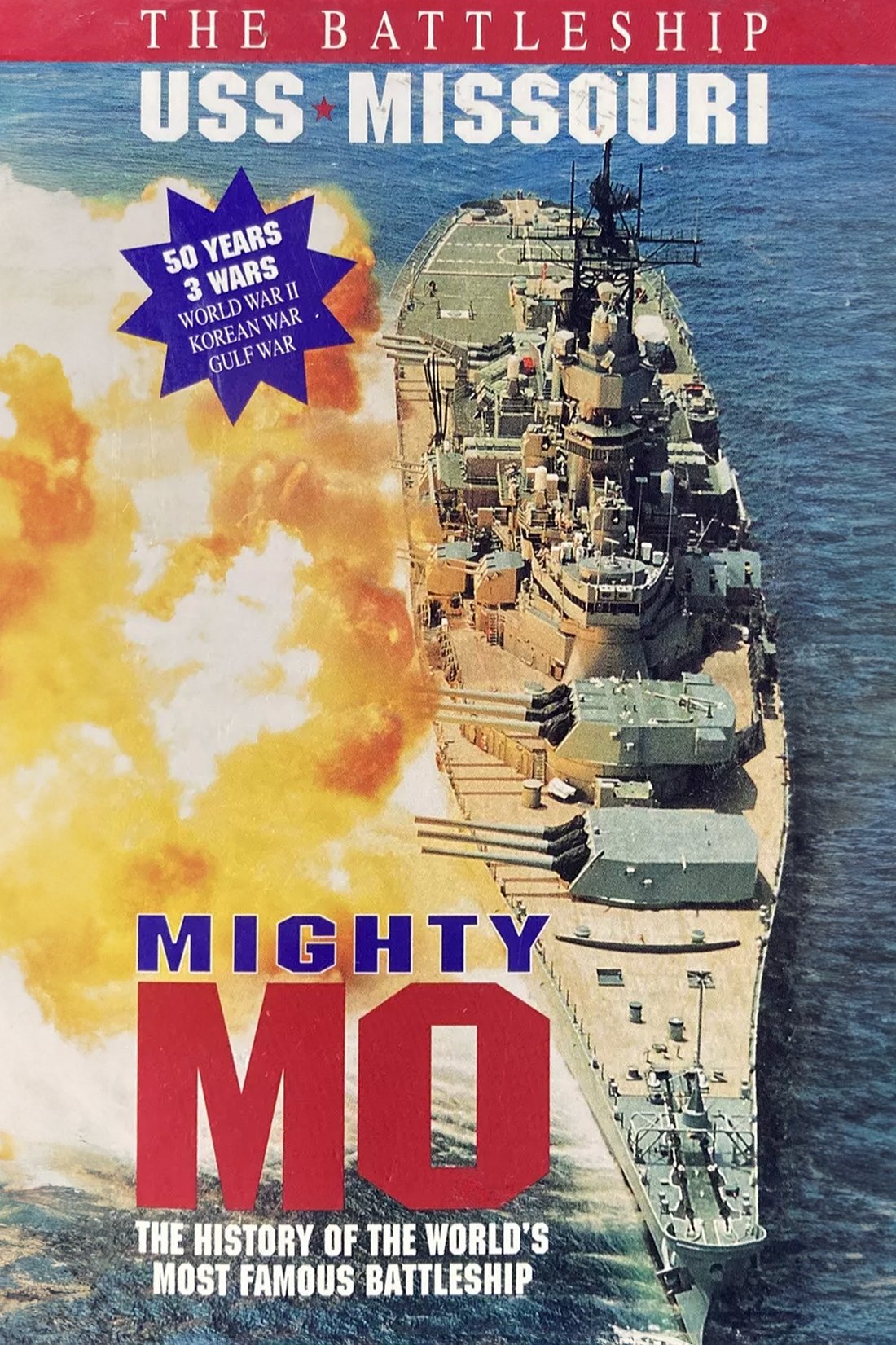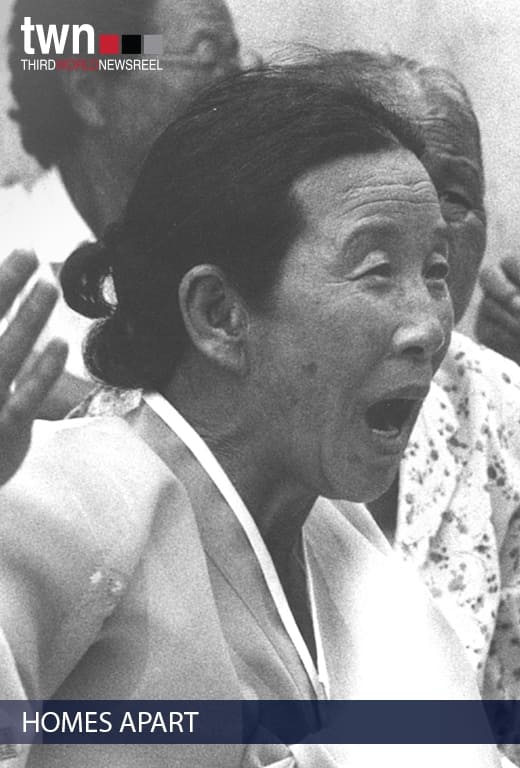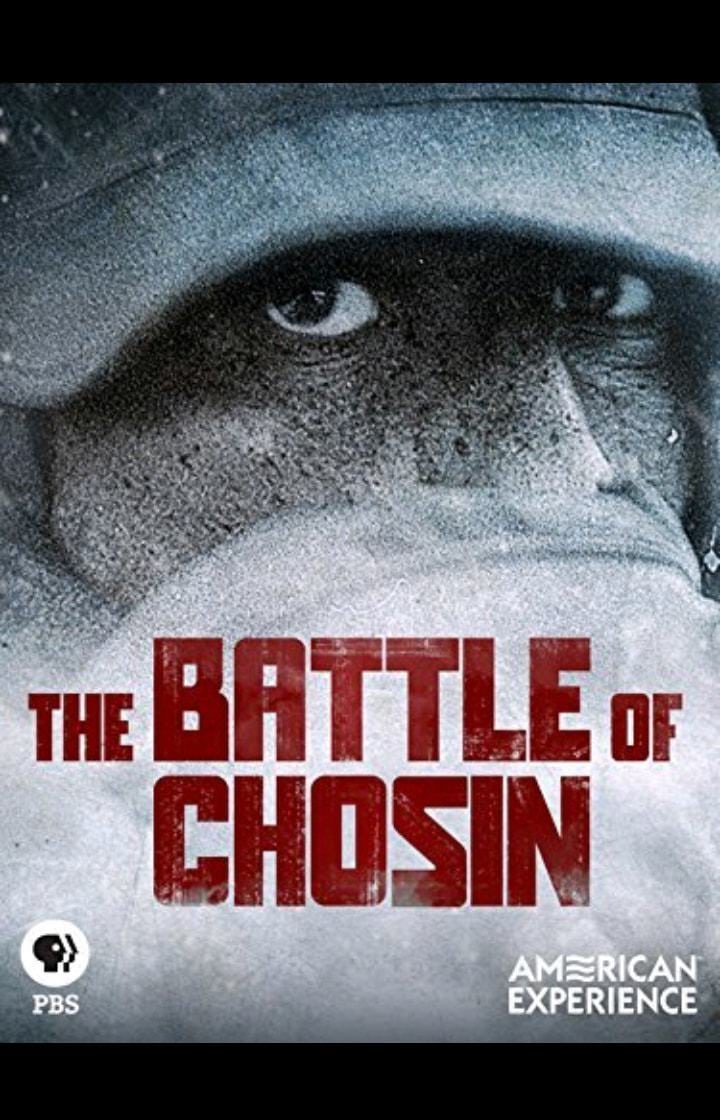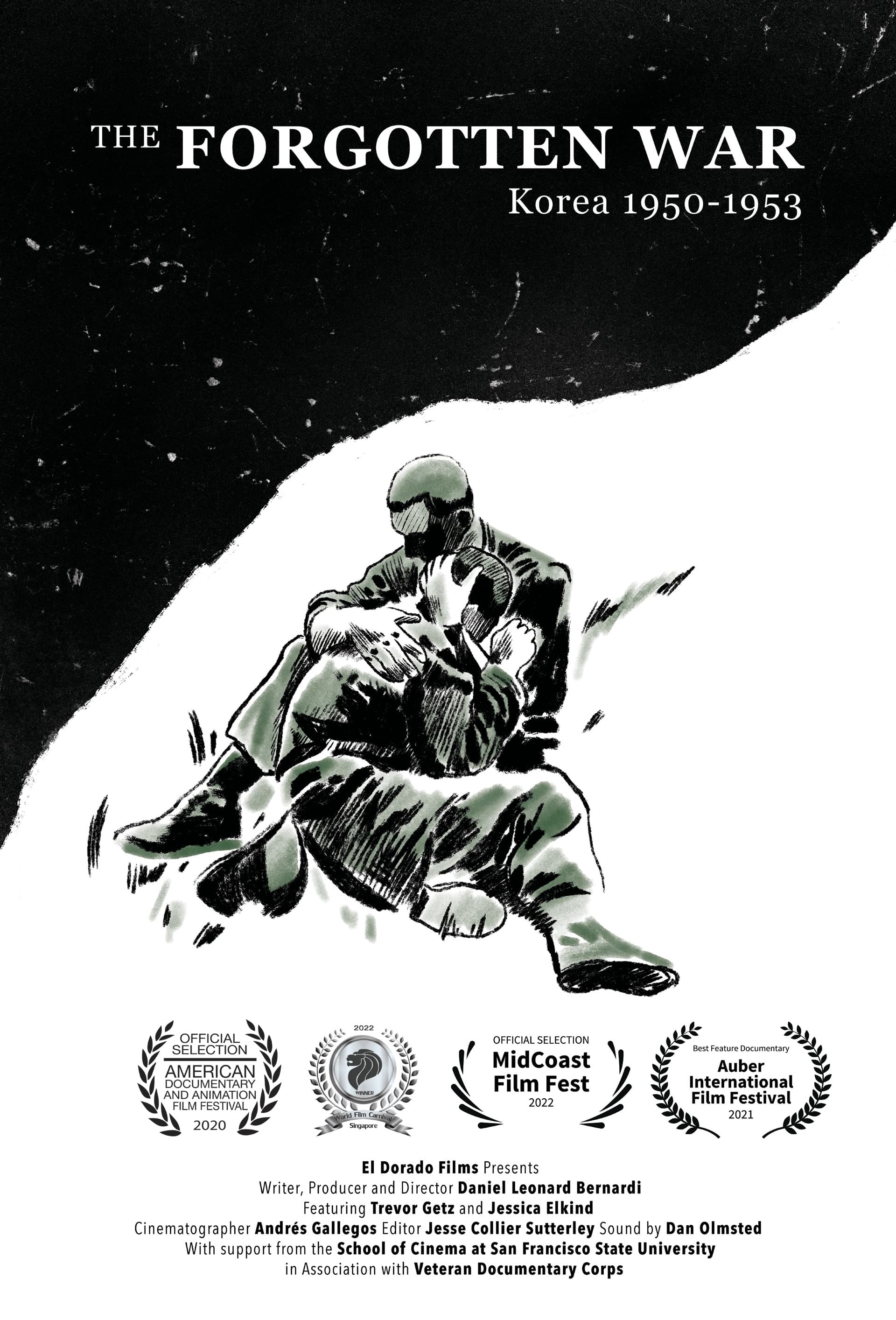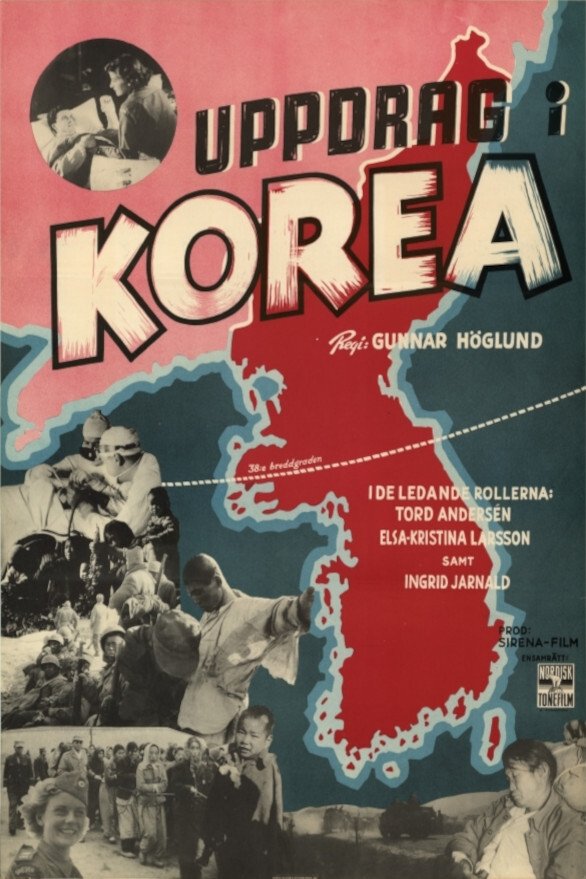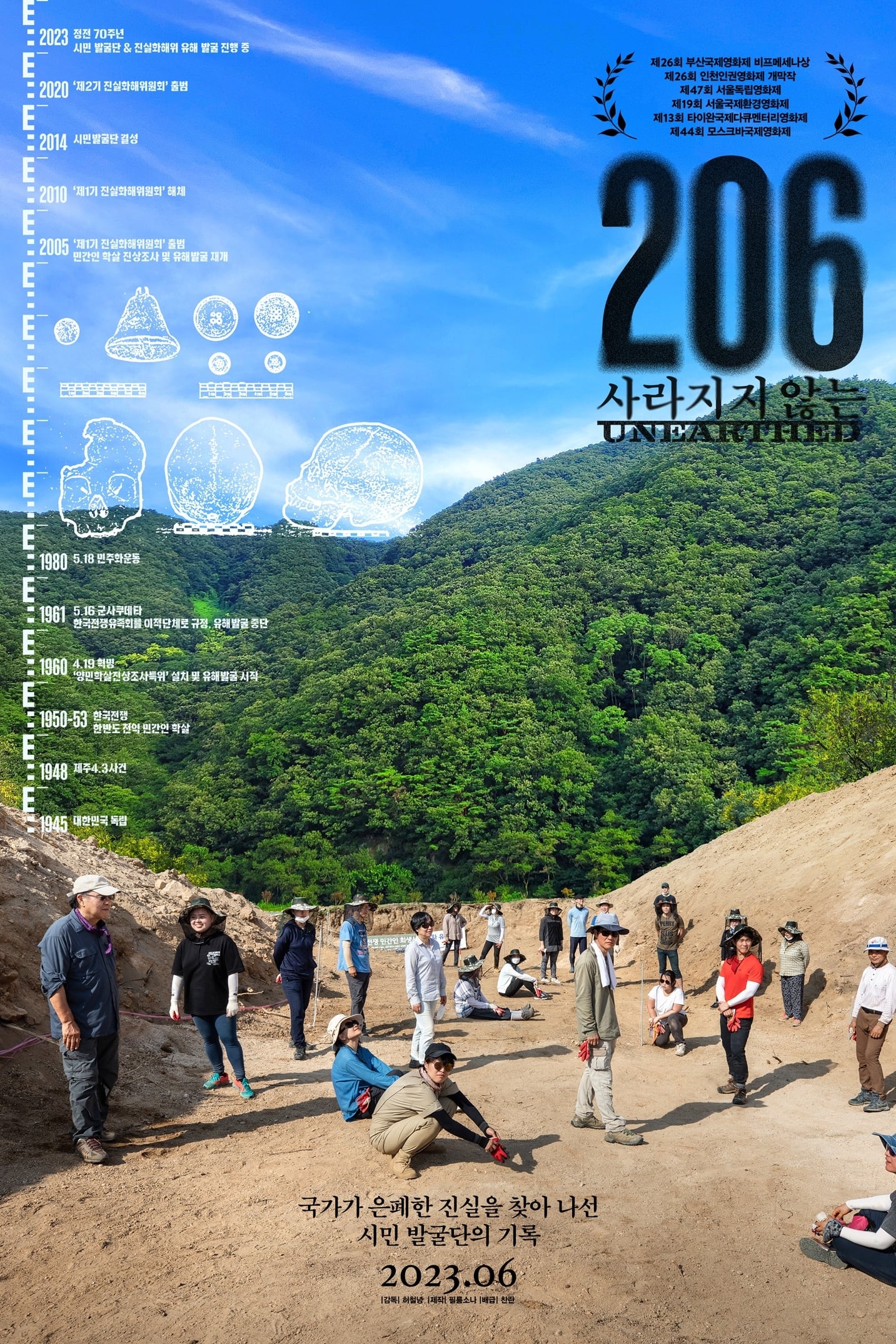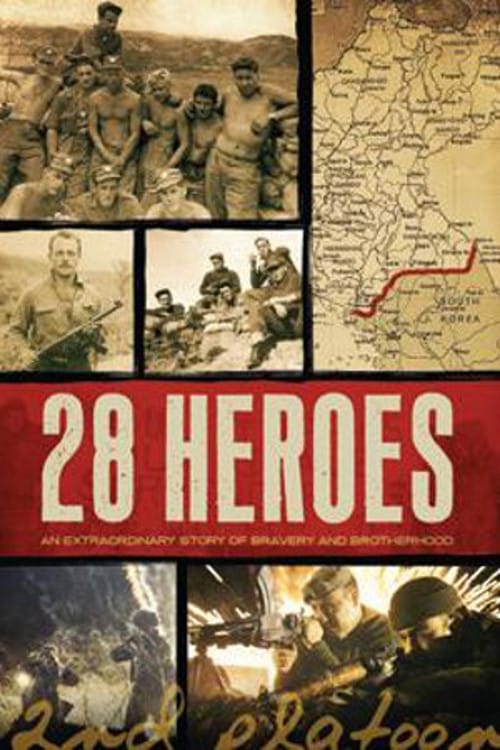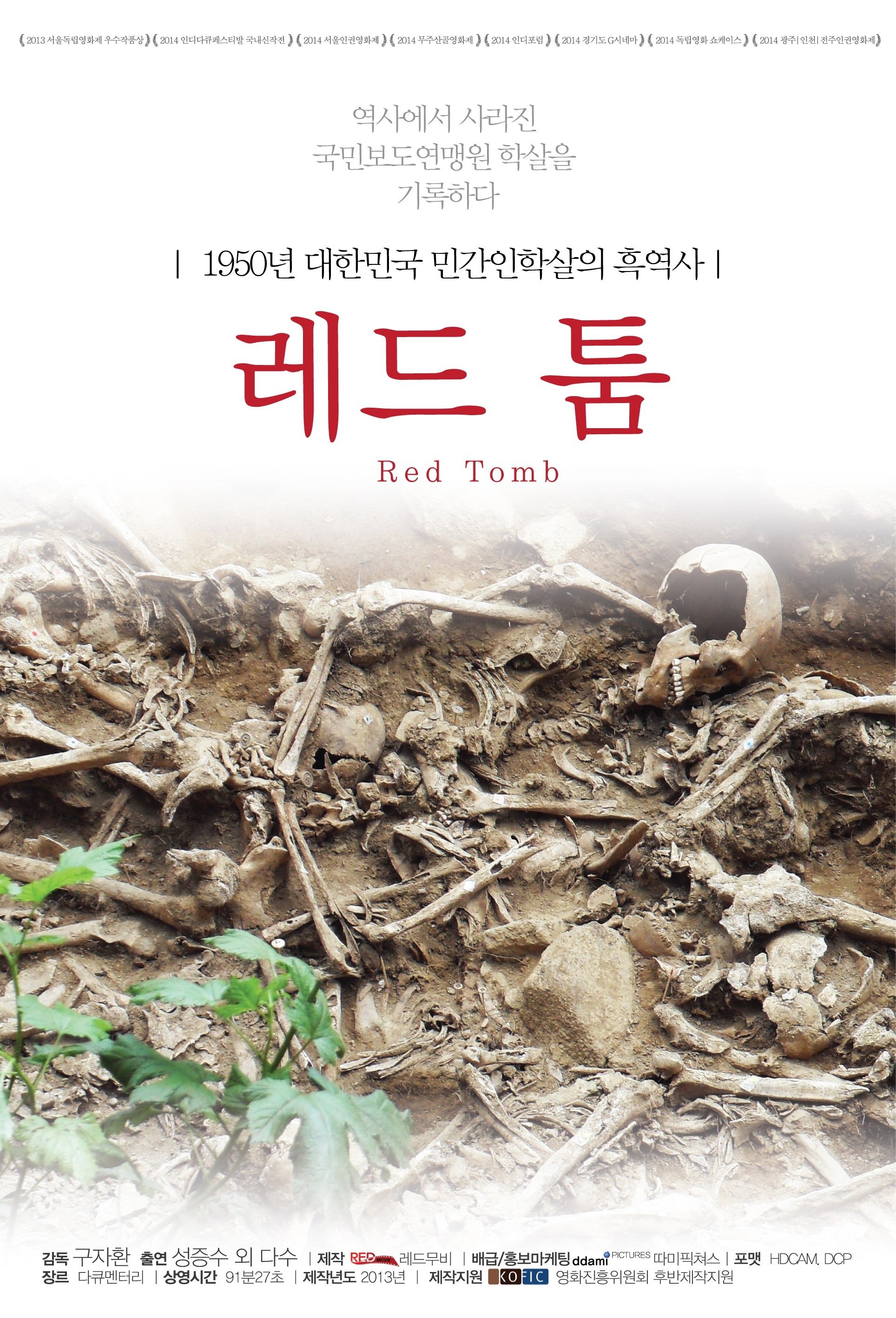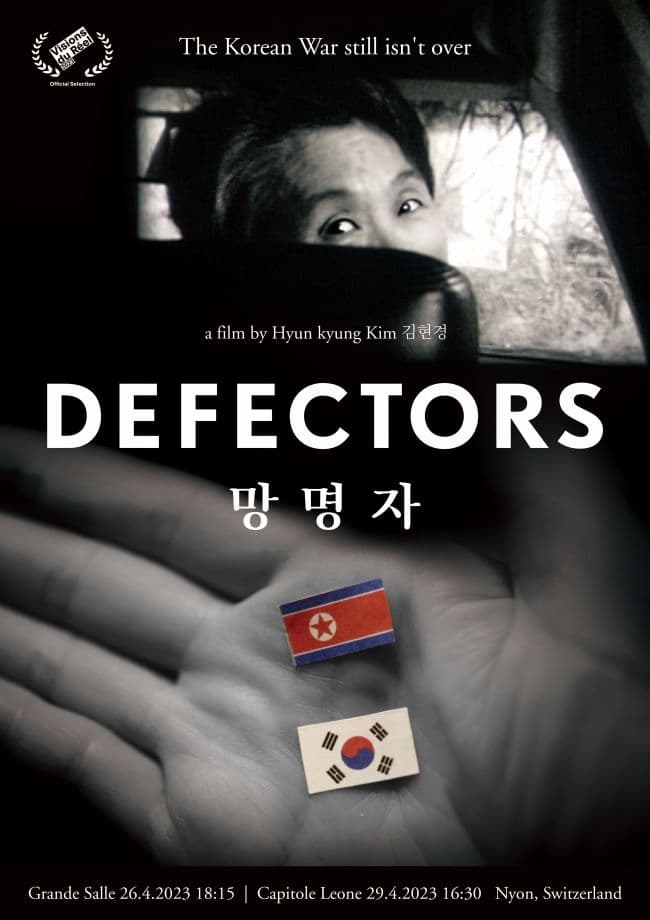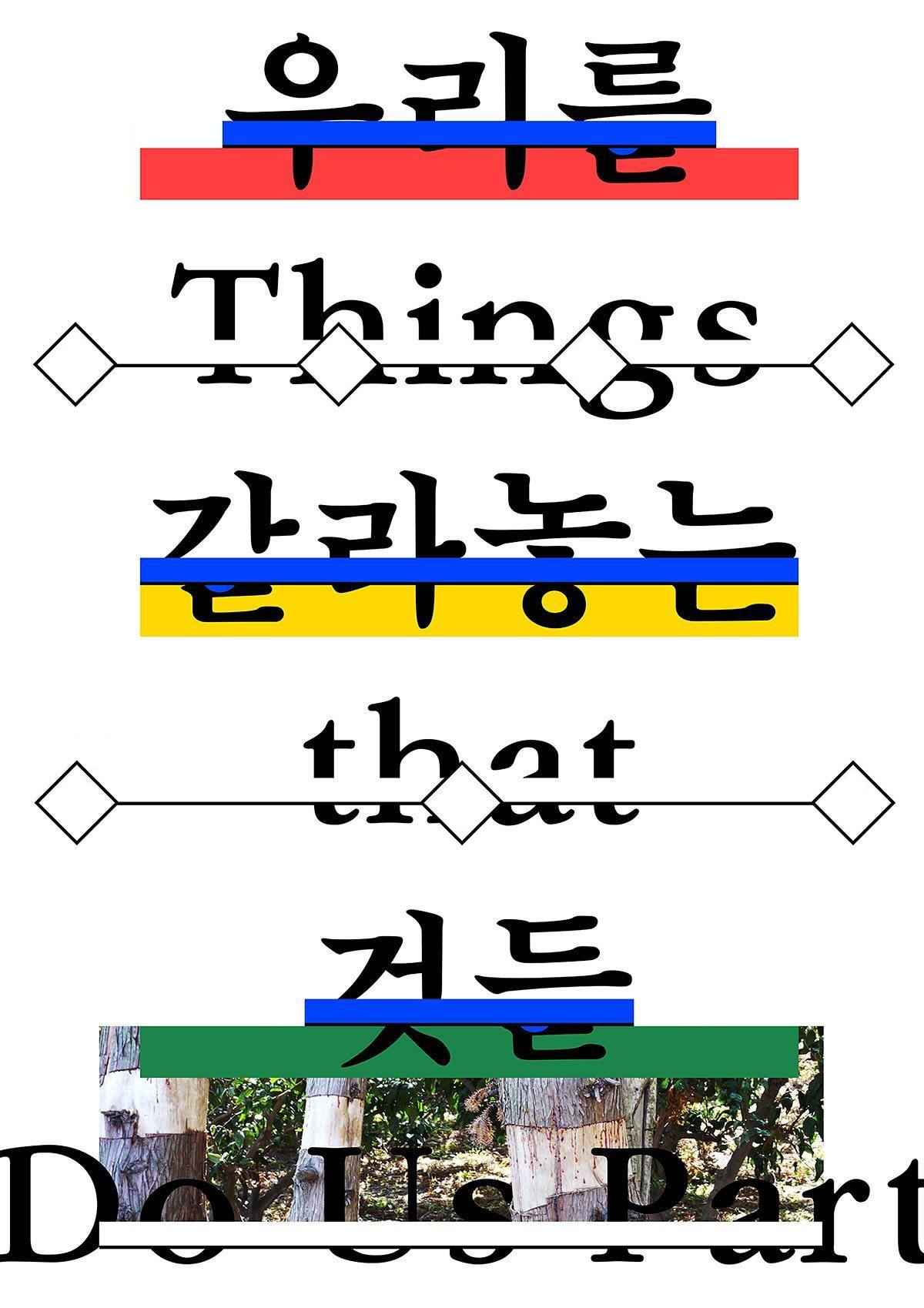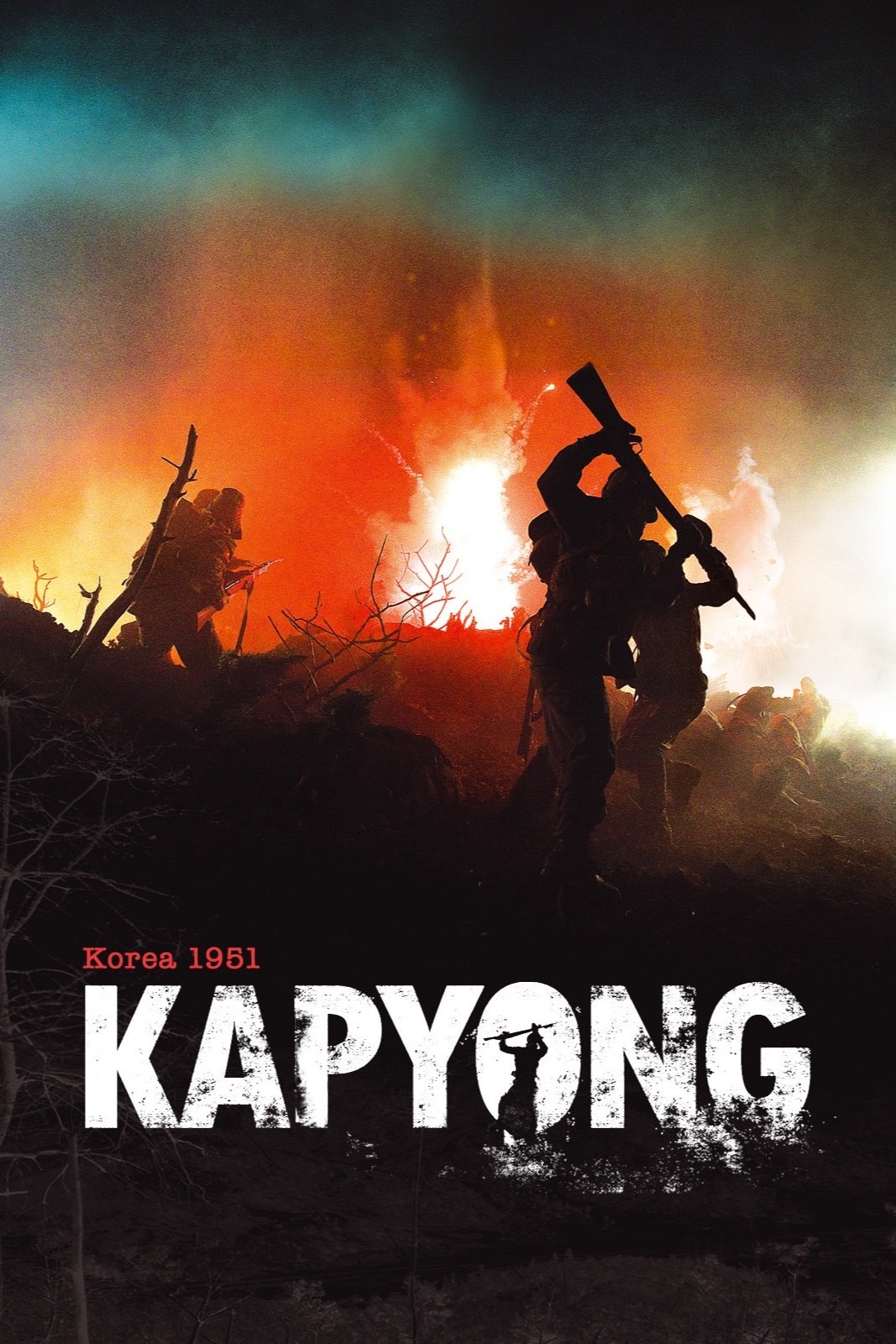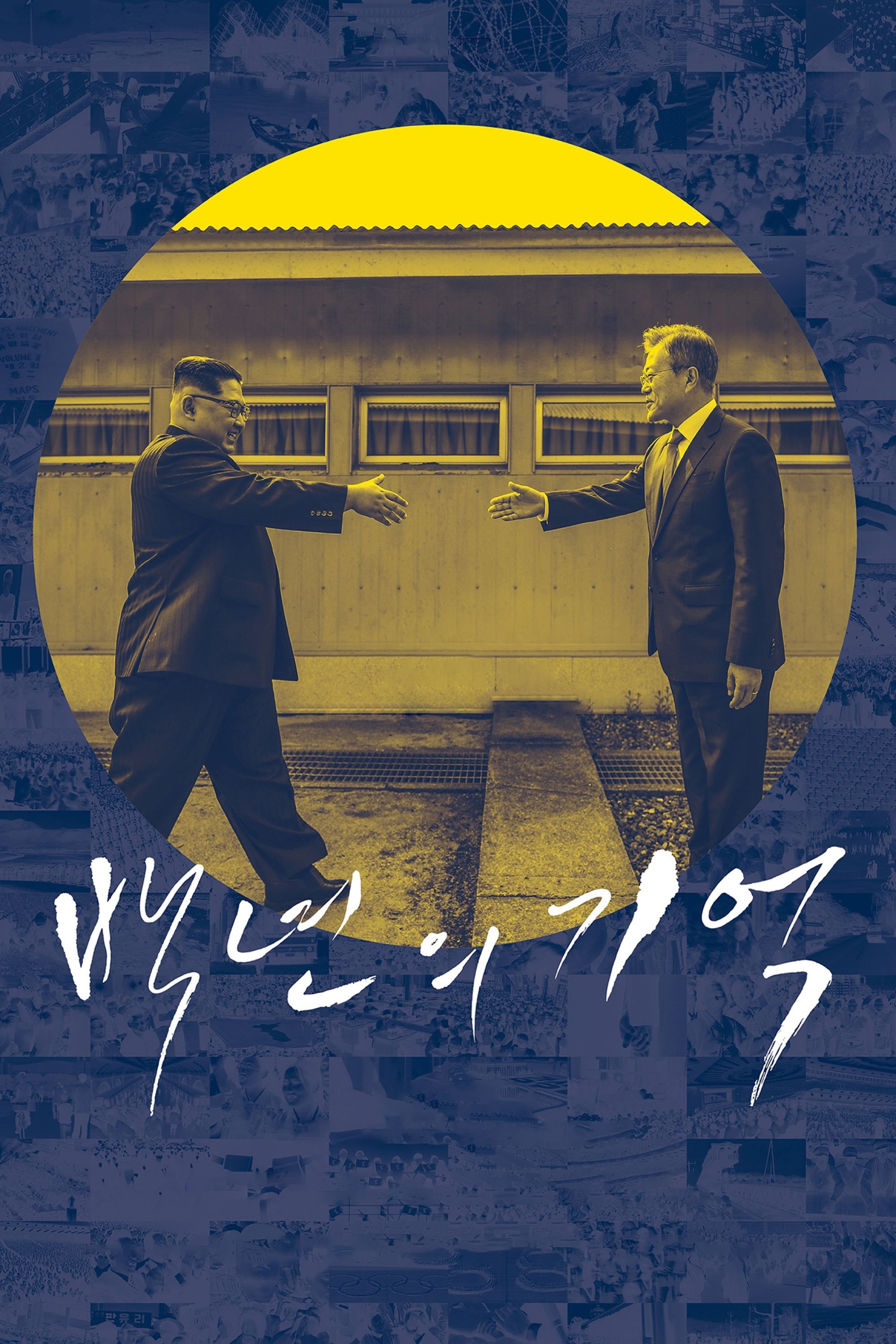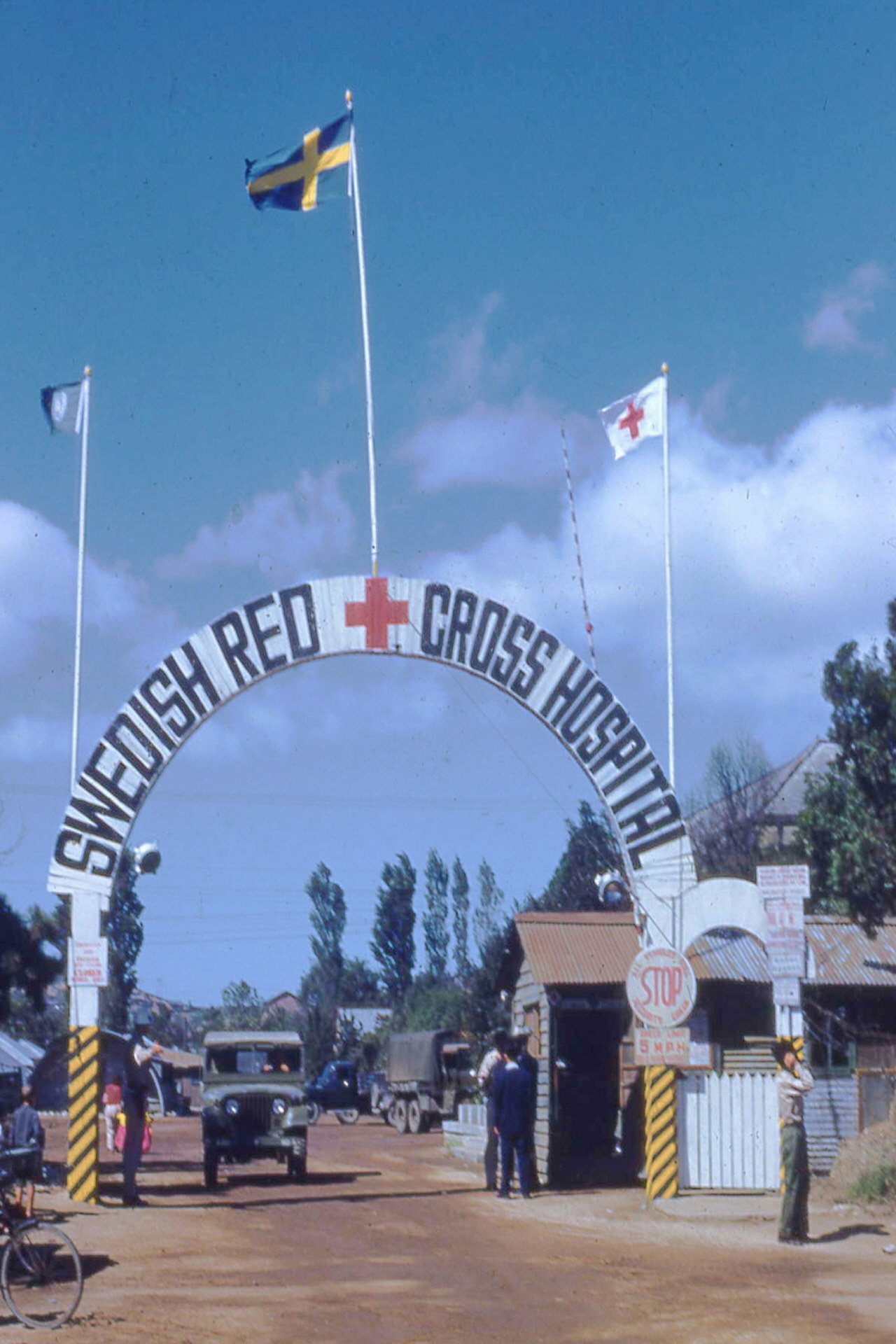
Svenskarna i Koreakriget (2019)
Released:
2019-11-08
Duration:
1hr 0min
Genres:
Documentary
Rating 7.0
Overview
With the largest humanitarian undertaking ever made by Sweden, in 1950 volunteers rushed to help setting up the Swedish Red Cross Field Hospital in Busan. This was 69 years ago. Today the aging Swedish samaritans can testify how the Korean war became the start of new relations, new friendships, and lasting, strong bonds between Sweden and Korea.
Production Companies
AKA Film
Additional Info
| Budget | $0.00 |
|---|---|
| Revenue | $0.00 |
| Original Language | sv |
| Popularity | 0.1839 |
Directed By
Mikael Hedlund
Crew
Director
Mikael Hedlund
Mikael Hedlund
Director of Photography
Mats Karlén
Mats Karlén
Producer
Peter Nordström
Peter Nordström
Sound Engineer
Mikael Lundh
Mikael Lundh
TOP CAST

Marie Richardson
Narrarator (voice)
